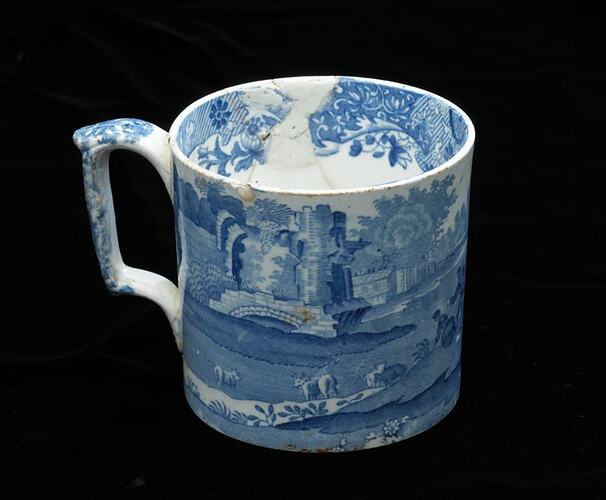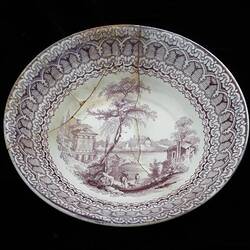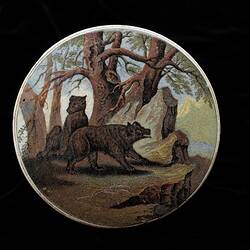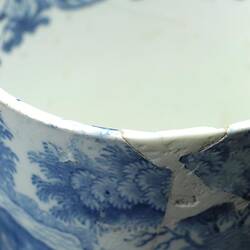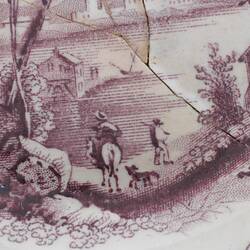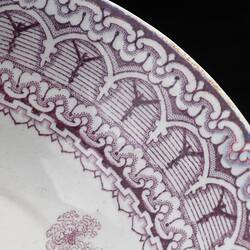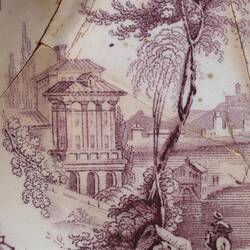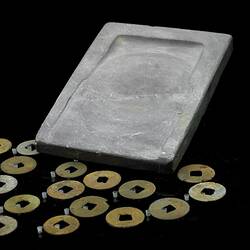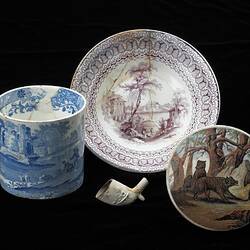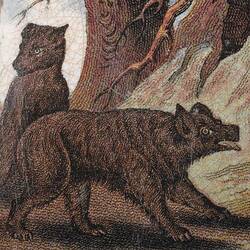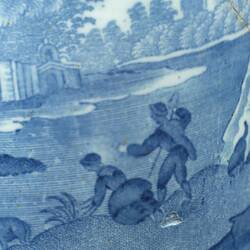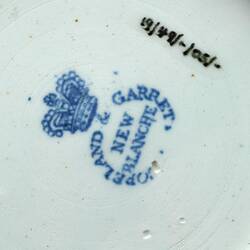The Commonwealth Block is an area in inner-city Melbourne bounded by Lonsdale, Exhibition, Little Lonsdale and Spring Streets comprising. During the mid- to late-nineteenth century, it developed as a working class district, with simple houses, cottage industries and small scale businesses. The area has been regarded as a slum, occupied by criminals, prostitutes and the poor, however archaeological research on the nineteenth-century occupation of the site suggests a more complex history with at least some long term occupants seeking a respectable life. Towards the end of the century many ethnic minority groups were moving into the area and operating businesses, and the early twentieth century saw the construction of a number of small factories.
In 1948 the Commonwealth Government compulsorily acquired the land. The homes and factories that populated the back streets and lanes were razed to the ground, and a large government office block was built in the south-east corner. Ahead of a tidal wave of further commercial development in the late 1980s, an archaeological investigation of the area was commissioned by The Department of Administrative Services and Telecom Australia. In the summer of 1987-1988 over 200,000 artefact fragments were uncovered from the first archaeological dig which took place along Little Lonsdale Street. There have been four further digs since: Black Eagle & Oddfellows Hotels (1991), 17 Casselden Place (1995), Phase 3 Testing (2001), and Casselden Place (2002-2003). These digs produced an additional 300,000 artefacts. Artefacts from all but the Phase 3 Testing season are in Museum Victoria's collection.
The 'Little Lon' collection (named after the site of the first archaeological excavation) provides fascinating insights into the people who lived and worked in Melbourne in the latter part of the 19th century. Archaeologists found magnums that once held the best French champagne; marbles, toy tea sets, dolls and other children's toys; Chinese ceramics, willow pattern plates, Crimean War souvenirs, tokens and coins. Residents purchased homeopathic pain killers, patent medicines and laxatives. They ate cheap cuts of mutton and oysters by the dozen, and the area was infested with rats. Archaeologists and historians continue to analyse the distribution and stratigraphy of objects, to discover more about the people who lived in the district.
More Information
-
Keywords
archaeological sites, Archaeology, Animal Products, Bones, Bottles, Butchering, Ceramics, Children's Play, Chinaware, Domestic Life, Food & Drink Consumption, Food Containers, Food Storage & Preservation, Games, Glassware, Household Sanitation, Housing, Porcelain, Pottery, Smoking Accessories, Social Life, Silverware, Tableware
-
Localities
-
Authors
-
Article types
